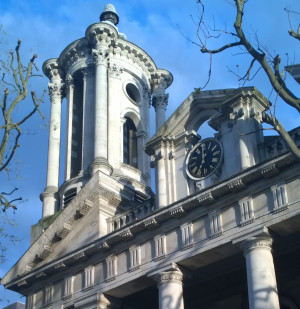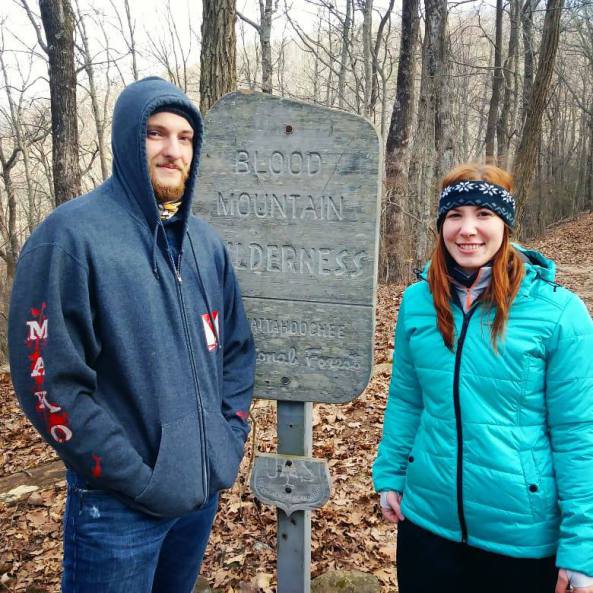Thomas Tallis: Songs of Reformation
Alamire, David Skinner
St John’s, Smith Square: Holy Week Festival. 12 April 2017
 After the Holy Week Festival showcase Good Friday afternoon St John Passion came a concert focussed on one of England’s finest composers, Thomas Tallis. Living though the reigns of five monarchs (from Henry VII to Elizabeth), and composing in the latter four of them, Tallis managed to negotiate the complex religious twists and turns of Tudor life. The highlights of the evening came at the end, with the first modern performance of David Skinner’s reconstruction of a piece composed by Tallis (an early version of the famous Gaude gloriosa Dei mater), but with new words (See, Lord, and behold) added by Katherine Parr, Henry VIII’s eighth and final Queen.It seems that this was first performed in (old) St Paul’s Cathedral on 24 May 1544 during a ‘spectacular propaganda event’ designed to stir up popular support for Henry VIII’s pending battles with the Scots and French. The story of its discovery and reconstruction is a fascinating one. Fragments of the score had been used to plug a drafty hole in a wall in Corpus Christi College, Oxford, and then plastered over, only to be discovered in 1978 during renovations. The music was recognisable, but not the English words. It turned out that they were from Katherine Parr’s 1544 Psalms or Prayers, specifically a psalm paraphrase Agaynst Ennemies.
After the Holy Week Festival showcase Good Friday afternoon St John Passion came a concert focussed on one of England’s finest composers, Thomas Tallis. Living though the reigns of five monarchs (from Henry VII to Elizabeth), and composing in the latter four of them, Tallis managed to negotiate the complex religious twists and turns of Tudor life. The highlights of the evening came at the end, with the first modern performance of David Skinner’s reconstruction of a piece composed by Tallis (an early version of the famous Gaude gloriosa Dei mater), but with new words (See, Lord, and behold) added by Katherine Parr, Henry VIII’s eighth and final Queen.It seems that this was first performed in (old) St Paul’s Cathedral on 24 May 1544 during a ‘spectacular propaganda event’ designed to stir up popular support for Henry VIII’s pending battles with the Scots and French. The story of its discovery and reconstruction is a fascinating one. Fragments of the score had been used to plug a drafty hole in a wall in Corpus Christi College, Oxford, and then plastered over, only to be discovered in 1978 during renovations. The music was recognisable, but not the English words. It turned out that they were from Katherine Parr’s 1544 Psalms or Prayers, specifically a psalm paraphrase Agaynst Ennemies.
The word setting is not the most sophisticated, the syllabic, and rather feisty English being far removed from the melismatic Latin of Tallis’s Gaude gloriosa. Calling on God to punishe this naughtie people, and delyuer me from my deceitfull enemies is just one example of the text, aimed at encouraging the populace to pray for Henry’s war efforts. The concluding So be it (arriving around 15 minutes from the start) was one of the very few passages of melisma.
The Tallis/Parr piece was preceded by another curiosity, Tallis’s The Litany set to words, in English, by Thomas Cranmer, and apparently also first performed during the 24 May 1544 service. It was the first time Cranmer’s English, rather than Latin, rite had been performed. Tallis’s setting follows Cranmer’s wish for a syllable to each note, his responses being delightful little essays in harmonisation. Some cuts reduced the length to a manageable 10 minutes, but we still heard, to some audience giggles, phrases such as a plea for delivery from the tyranny of the bishop of Rome, and all his detestable enormities.
The rest of the programme started with Talli’s more mature Latin works from the time of the Queens Mary and Elizabeth and then jumped back to his earlier English anthems from the reign of their brother, Edward VI. David Skinner’s approachable introductions to the music and its background was countered by his rather extravagent conducting of the nine singers of Alamire, expanded for two of the pieces by five current Cambridge Choral Scholars. The singing was outstanding, the purity of their intonation making for wonderful contrast to Tallis’s characteristic harmonic scrunches.
This programme is being recorded in May, giving the singers time to learn Tudor pronunciation.
Share this:





![27802112[1]](/ai/058/257/58257.jpg)